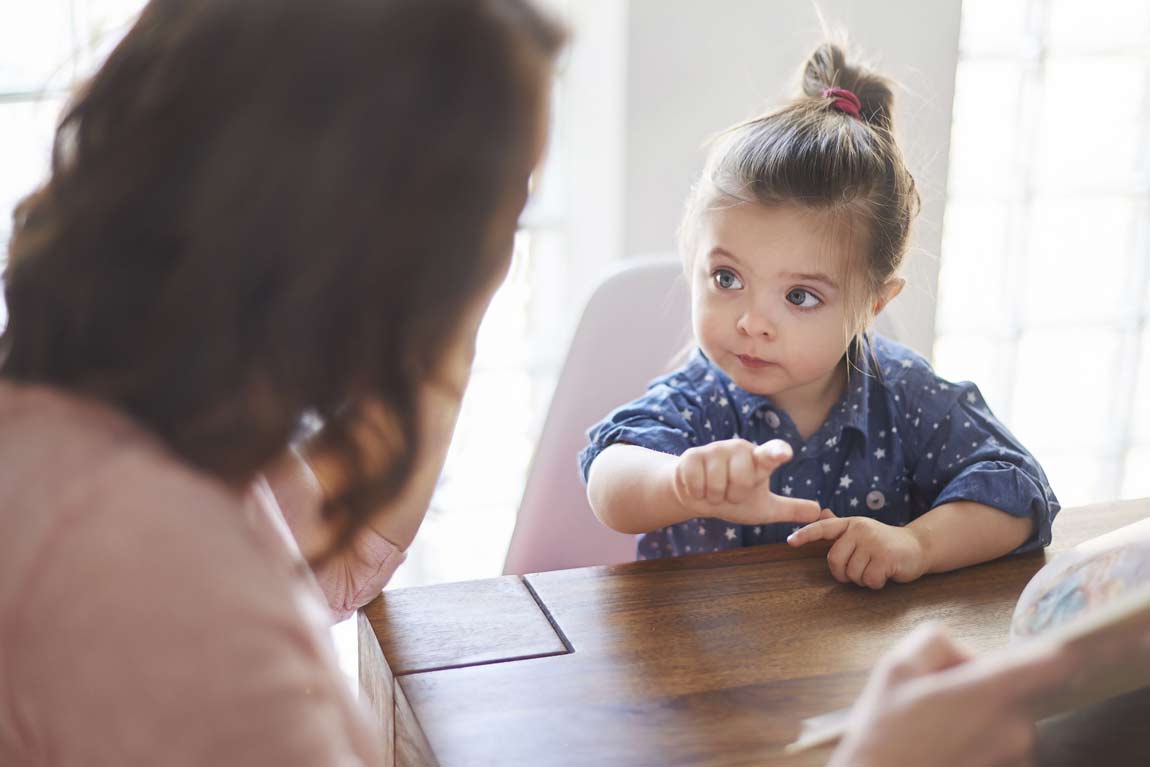About Our Books
Reading Can Be Fun!
 About the, How I “verb”, books which might be considered as clusters of related words that rhyme to entertain the audience, but when examined, these books have much more depth than what meets the eye.
About the, How I “verb”, books which might be considered as clusters of related words that rhyme to entertain the audience, but when examined, these books have much more depth than what meets the eye.
Here are the first four pages of How to Play, How to Eat and How to Read,
I play every day!
I play every way.
I play hard and
I play gentle.
I eat every day!
I eat every way.
I eat when I am hungry
I am hungry in the morning.
I read every day!
I read every way.
I read out LOUD
I read in LOUD.
So with these lines, how easy would it be for you to lead a fun conversation with a pre reader?
Aside from entertainment, do you understand the learning concept that the author is attempting to accomplish? Words and thoughts that will lead to engaging conversation aka “word experiences” between the reader and the listener is what the author is after. Research clearly indicates that children who enter preschool with over 25 million word experiences are highly likely to graduate from high school. This is why Jeff is also developing the nonprofit, Timely Active Literacy Skills Development (TALSD) and he is confident that by building the right tools and resources each participating child will be able to accomplish thirty million plus word experiences before the age of 4 (30m+weB4).
About the How I “Verb” books. These pre-school picture books are designed to improve communication skills between young children and adults as well as the obvious, enjoying the activity of interacting with literature.
While the title of How I Read might suggest a focus on the mechanics and phonetics of reading, the book is really about the countless ways to engage ourselves in the activity of reading.
About the "How I Verb/Read, Eat and so on" (read, eat, play and so on) series. These pre-school picture books are designed to improve communication skills between young children and adults as well as the obvious, enjoying the activity of interacting with literature. Imagine you ask a 3 year old, "how do eat a banana"? You expect the child to describe the process of peeling it, biting it, chewing and then swallowing but the reply is "I eat it with my friend George (a stuffed monkey character). This series prepares parents, aunts and uncles for the unexpected answers that young children can provide us without intending to. Read,discuss, explore and enjoy your time reading to your pre-reader.
This series is designed to guide the reader to learn, "how to read" as a person that has not yet experienced Shakespeare.
Each book will have a short introduction that help direct the reader where there are possibilities to begin discussions with the listener. Within each book, there are positive lessons to be learned; while some of these lessons are obvious, others are not. Just reading books to children is a good thing. Mentoring future readers how to actively read books is a great thing. Active reading skills like placing oneself in the story, imagining yourself as a character, predicting, and simply asking questions are examples of active reading skills that make reading more interesting and fun. In the process of the reader mentoring the listener on how to become an active reader there will naturally be discussions.
Active reading skills is how people who read access the lessons of a book. At the pre reader age, the reader asks the pre reader questions or vice versa, and these questions evolve into discussions. The benefits for the pre reader is they learn what type of questions can be asked so that the plot of the book becomes more interesting and the discussion is a method of increasing the child's "word experiences"* which is vital for the pre reader so that they are much more likely to succeed in their learn to read years.
While the How I Read title might suggest a focus on the mechanics and phonics of reading, the book is really about the countless ways to engage ourselves in the activity of reading!
